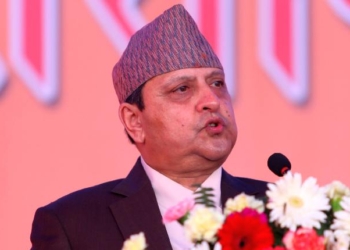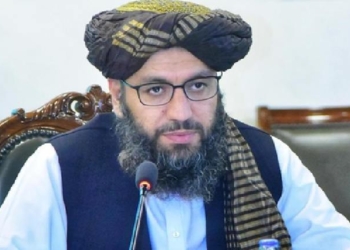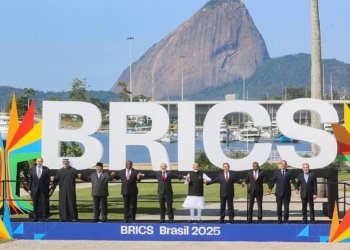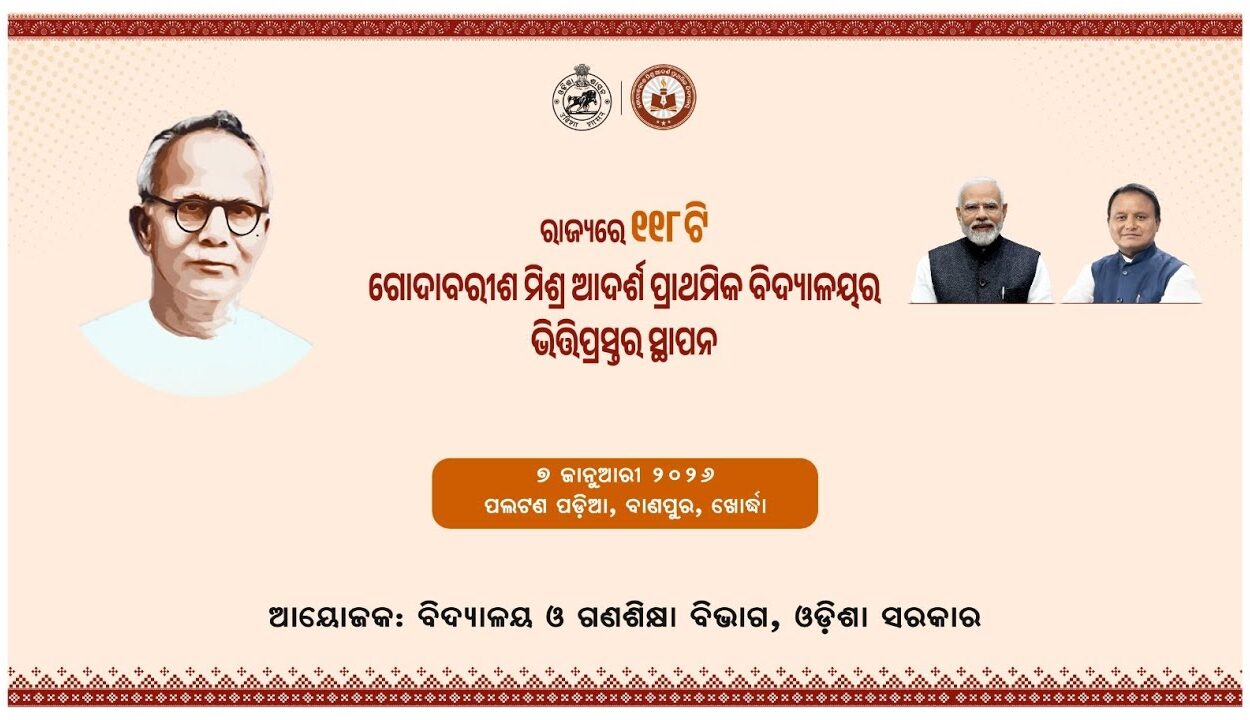New Delhi: The midnight return of social media sites on screens in Nepal following a government decision for restoration may help assuage the Gen Z, who were using such platforms to express frustration over corruption, nepotism, and shrinking economic opportunities.
Rising violence, leading to deaths — which was widely condemned — may have been a factor in the decision. Add to this the history of this Himalayan nation, which has been a witness to stirs, led primarily by the youth.
In early 2025, mounting frustration over chronic political instability, corruption, and what many saw as the failures of Nepal’s federal republican system sparked a resurgence of royalist sentiment.
Rallies escalated into violent clashes near Parliament on March 28, leaving two dead and prompting curfews and army deployments. The movement’s leaders were detained even as chants of “bring back the king” echoed across the capital.
It was in stark reversal to the anti-monarchy uprising that reached its zenith in the spring of 2006, known as ‘Jana Andolan (People’s Movement) II’, when hundreds of thousands of students, youth groups, civil-society members, and political parties united in mass sit-ins, strikes, and street marches against King Gyanendra’s direct rule.
Their relentless pressure forced the monarch to reinstate parliament and, within two years, led to the formal abolition of the monarchy and the declaration of Nepal as a federal democratic republic in 2008.
During the ‘Jana Andolan I’ of 1990, students rekindled mass mobilisation alongside political parties to demand a constitutional monarchy and multiparty elections.
Their sit-ins, general strikes, and valley-wide demonstrations between April 6 and April 12, 1990, were crucial in toppling the Panchayat system and ushering in Nepal’s first constitutional democracy.
Its path towards democracy began perhaps with a struggle against the Rana regime that had controlled the kingdom for over a century. Youths were at the forefront of this movement that spanned from the mid-19th century to 1951. The sustained activism culminated with the end of the Rana oligarchy and paved the way for Nepal’s first democratic experiment.
Throughout the late 1970s, till 1980, student activists — many inspired by Maoist thought — spearheaded protests against the Panchayat’s single‐party rule. Their efforts helped trigger the 1980 national referendum on the Panchayat system, which, despite reaffirming the system, energized future democratic movements.
Kathmandu’s Tribhuvan University has been a witness to several agitations, and its students have been actively involved in movements within and outside the premises.
After the 1990 movement, student organisations close to the Congress and Communist camps spent their energies demonising each other, according to a report in The Kathmandu Post on Tuesday, September 9.
It quoted political historian Professor Rajesh Gautam as saying that the focus turned away from social issues and educational reforms and that “student organisations started getting spoiled by their leaders’ lust for money and power.”
Himal Sharma, a Maoist central committee member and former president of Free Student Union at Tribhuvan University, told the newspaper that there has been no student election lately because of “political conspiracies”.
The biennial elections held periodically until 2009 have, of late, been irregular. The last time the polls took place was in 2017, and that too partially, added the report.
Today’s 2025 Gen Z protests in Nepal stand out from past youth and student movements, perhaps in the use of technology, organisational structure, breadth of demands, demographic makeup, and state response.
As in recent stirs in Sri Lanka and Bangladesh, it exemplifies the global trend where young activists blend online savvy with on-the-ground action, demanding not just political reform but a reframing of power in every sphere of life.
–IANS
jb/skp

















